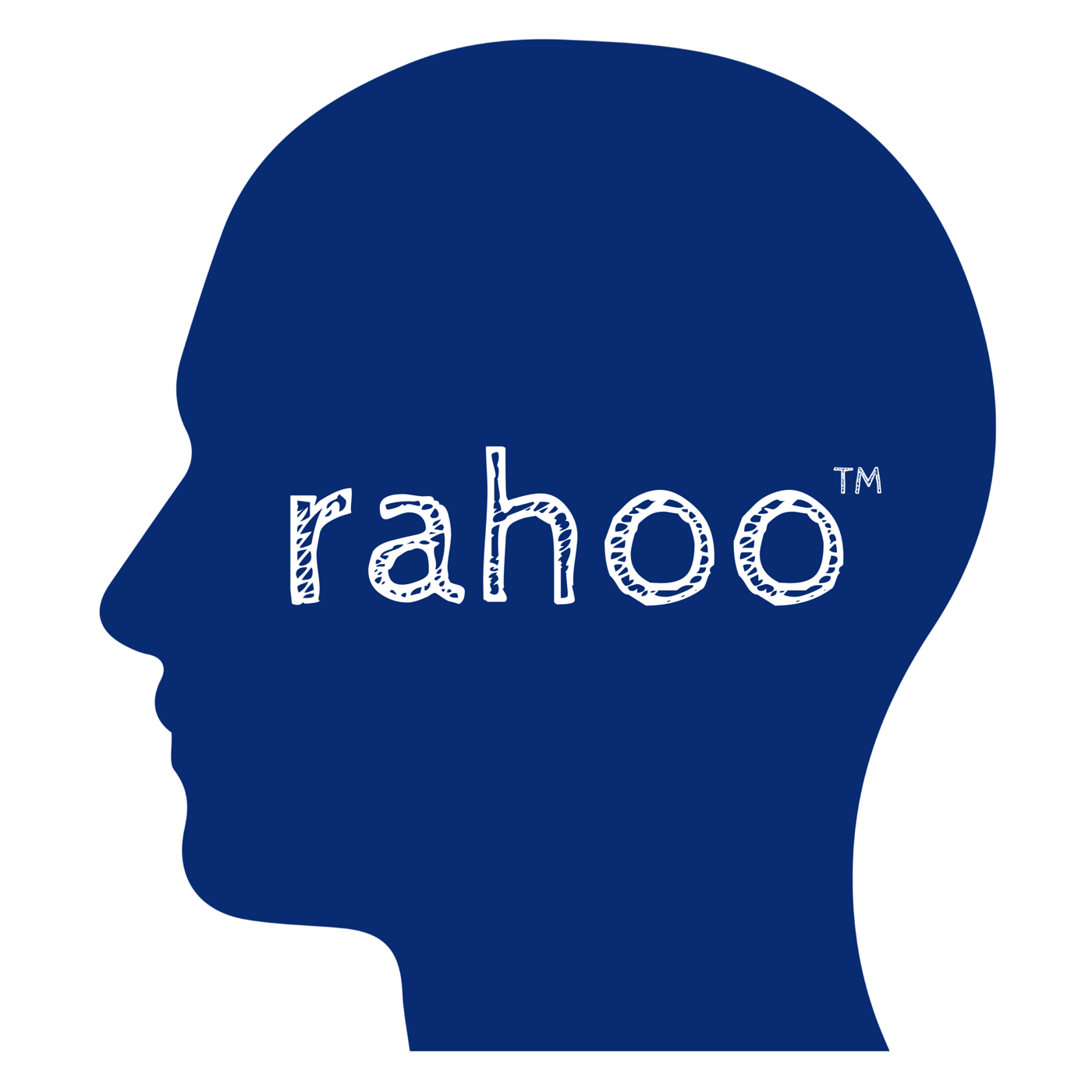Who is responsible for workplace wellbeing?
- Categories Inspire & Empower, Mental Health, Teacher Wellbeing, Thought-provoking, Worklife Balance
- Date April 26, 2023

Who is responsible for workplace wellbeing?
Robbie O Connell
We’re delighted to have Robbie contribute to theis blog piece about staff wellbeing. Robbie recently presented at our virtual CPD conference “Placing Wellbeing at the Heart of Schools“. He spoke about whole-school approaches to wellbeing, because as principal, it is crucial he takes all members of the school community into consideration. His talk was inspiring and we all wanted to work at his school after!
National Workplace Wellbeing Day is in its 9th year, as the first country in Europe to put in place a day devoted to workplace wellbeing, Ireland is truly leading the way, and this year it falls on Friday April 28th.
Wellbeing, a buzzword of late is defined by the WHO as a “state of complete, physical, mental and social wellbeing and not merely the absence of disease of infirmity”. Wellbeing is unique and personal yet something we are trying to contextualize to the workplace. I think it is essential that we build our knowledge of what wellbeing actually is. The WHO definition highlights the holistic nature of wellbeing , recognising that it encompasses more than just physical health, but also mental and social aspects. For some, wellbeing is the pursuit of happiness, whilst for others it goes much further and includes aspects such as meaning, growth ,connection and purpose.
What is wellbeing in practice?
My own understanding of wellbeing can be simplified as putting the well into being and how in practical terms that can be achieved. I am a keen advocate of the practical application of theory and having a proactive approach to one’s own wellbeing. As a school leader, I emphasise the practical elements of wellbeing as much as possible via tangible initiatives and gestures towards both staff and pupils e.g., suggestion boxes, yay boxes, modelling resilience, promoting student agency, staff treats, being present, active listening etc. I lead with the approach of not being in charge but taking care of those within my charge. A happy, valued, acknowledged and included staff leads to a positive working environment for all which also enhances the teaching and learning environment for children.
Who is responsible?
Simply put, workplace wellbeing is the state of being comfortable, healthy and happy in your work environment. When employees feel good about their work life, they are more likely to be productive and work more efficiently on the whole. Now that we know what workplace wellbeing entails, who ultimately is responsible for it? As stated by the Department of Education at the launch of the Wellbeing policy statement and Framework for Practice in 2018 Wellbeing is Everybody’s Business: All educators are leaders within their own classrooms, leaders of learning and indeed of wellbeing. One does not have to be in a formal leadership role to positively impact on the wellbeing of children. Teaching gives teachers the platform to make a difference, to inspire, to help others, to express their passions, to build relationships to name but a few of the myriad of roles a teacher fulfils.
As a school leader, one may be of the opinion that I along with other school leaders are responsible for the wellbeing of all staff. Yes, I do have of course a duty of care to assist all staff and ensure that I support and assist all staff as much as where possible. How is today’s leader expected to keep everyone happy? They aren’t. Happiness is an emotion. A mood that comes and goes. What I am responsible for and need to instil and maintain is positivity. Positivity is a mindset, a choice made to be future-focused and solutions oriented.
P.S. Check out our blog piece on “How to Prioritise Your Life” HERE.
Why do relationships matter?
For many employees, workplace relationships – and especially relationships with managers and leaders – are a significant motivating factor in how they feel about the work they do, and the organizations where they do that work. Studies repeatedly show that an employee’s feelings about their work, measured as engagement has a direct impact on their performance.
It is therefore important for school leaders to prioritise relationships and ask how can we put pupils first if we put teachers second? Leading with this mindset is a good starting point.
How do I make a difference to workplace wellbeing?
It is equally as important however for all within a workplace setting to take responsibility for the energy they bring to the workplace and it has a direct impact on everybody’s wellbeing. This can be achieved by realising that your words matter, your behaviour matters ,your attitude matters and your actions matter. For positive relationships to develop and improve overtime, all staff members can assist themselves and colleagues by working together
The four agreements by Don Miguel Ruiz have been a game changer for me on both personal and professional levels. In relation to workplace wellbeing, they are particularly pertinent and once kept in mind, you will ensure that you are playing your part and contributing positively and enhancing both your own wellbeing and the wellbeing of others. This poster is on display in the staffroom , all staff have a copy of it in the classrooms and I have it in my office, one glance at it in times of stress can keep one grounded.
Psst… Read Robbie’s not so secret diary and find out what a principal gets up to HERE!

How can acceptance help?
We need to engage in acceptance more and control the controllables . “Acceptance is very difficult to define. One way of looking at it is that it means not struggling with realities that you cannot change, but saving your energy for those that you can change. Another way of looking at acceptance is to say that it means not rushing to judgment, just pausing to take in the reality of the situation. If you explore acceptance, if you give it some effort, I think you will find that it’s one of the most beneficial aspects of mindfulness.” (O Morain 2023).
Dwelling on things we cannot change and acceptance of same is easier said than done. It can be difficult to make peace with things that happen to you and affect your situation. Of course, undesired and unfortunate events can knock us for six, leaving us harbouring resentment, anger and frustration, these negative emotions can affect us deeply and be difficult to shift.Acknowledging these feelings and learning how to accept what has happened – even if you do not agree with it. . Conflict and disagreements for example within school settings are more or less inevitable but combat is optional, we are ultimately responsible for our own actions and should be mindful of the respond v’s react approach. In Acceptance you will discover how to stop brooding on what happened in the past and free yourself up to focus on more positive feelings and embrace the realm of positivity and positive psychology.
Workplace wellbeing is everyone’s responsibility!
Psst.. a few Rahoo articles you might like to include:
10 Ways to Give Your Career A Kick-Start!
Or links to free CPD for Teachers HERE!
Wishing you all an eventful National Workplace Well-being Day on the 28th April!
Robbie O’ Connell
Primary school Principal

@Positiveprimaryprincipal ; https://www.instagram.com/positiveprimaryprincipal/?hl=en
Linktree : https://linktr.ee/Positiveprimaryprincipal

Simple Ways Teachers Can Introduce UDL to Their Teaching
UDL aims to create expert learners who are purposeful and motivated, resourceful and knowledgeable, strategic and goal-centered. So why talk about UDL now?

5 Things Teachers Need to Know About UDL
UDL aims to create expert learners who are purposeful and motivated, resourceful and knowledgeable, strategic and goal-centered. So why talk about UDL now?

Learning to Play; Playing to Learn – Integrating Play into the Primary Classroom
– Online EPV Course
– On-demand
– Tutor Support
– Practical
– Lifetime Access

Universal Design for Learning (UDL)
– Online EPV Course
– On-demand
– Tutor Support
– Practical
– Lifetime Access

Supporting the Teaching & Learning of EAL Students
– Online EPV Course
– On-demand
– Tutor Support
– Practical
– Lifetime Access

Supporting Students with Challenging Behaviour
– Online EPV Course
– On-demand
– Tutor Support
– Practical
– Lifetime Access
You may also like

Simple Ways Teachers Can Introduce UDL to Their Teaching

5 Things Teachers Need to Know About UDL




